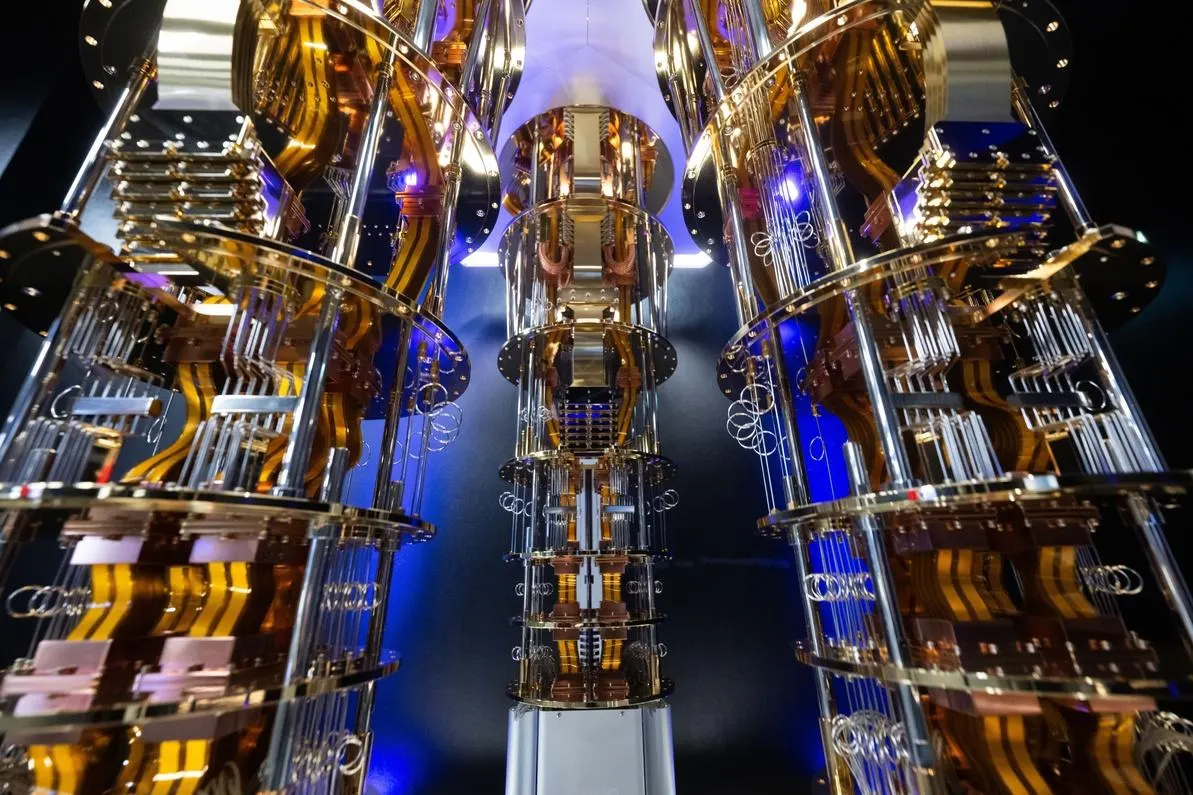By John Koetsier,Senior Contributor
Copyright forbes

An IBM quantum computer
dpa/picture alliance via Getty Images
Paris-based quantum computing startup Alice & Bob has announced a stunning breakthrough in quantum computing: its qubits can now resist bit-flip errors for more than an hour. That’s four times longer than the company’s own previous record and millions of times longer than typical qubits, which often exist for just microseconds before de-cohering.
And that means Alice & Bob is on track to build a fault-tolerant quantum computer with 100 logical qubits by 2030.
“Being able to push the stability of our cat qubits year after year makes us confident that we will deliver on our roadmap,” Raphael Lescanne, CTO and Cofounder of Alice & Bob, said in a statement.
In the classical computing world, being able to maintain an error-free state for an hour is not a major accomplishment. Quantum computers, however, which promise massive computational advantages in fields like drug discovery, materials science, and cryptography, use quantum bits, or qubits, that are inherently fragile. They decohere, introducing errors in quantum computations. Solving error correction is one of the key challenges in quantum computing.
IBM’s Eagle superconducting quantum processor, for example, can achieve 400 milliseconds of coherence for its qubits. Other quantum computers might achieve only one to 34 milliseconds. New quantum computing architectures, like IBM’s Starling quantum computer that is scheduled to be built in 2029, solve the error correction problem via smarter detection technology, but longer-lived qbits solves the problem at the source.
“By virtually eliminating one of the two main error types, Alice & Bob’s cat qubits allow for more efficient error-correcting codes that require far fewer qubits,” the company says.
Today’s quantum computers make an error every 100 or 1,000 operations, Alice & Bob CEO Théau Peronnin told me in a TechFirst podcast last year.
MORE FOR YOU
That doesn’t sound too bad, but it’s 100 billion, billion times more than classical computers. Without long-lasting qubits or massive error correction, therefore, quantum computers are “basically noise generating machines,” he said.
Computer scientists solve that by redundancy: using almost all of their physical qubits for error correction. This results in a requirement for millions of physical qubits to make thousands of logical qubits: error-corrected quantum computing components.
And that’s extremely hard to build.
So better qubits that last longer will make quantum computers much more viable in the short term.
Bit-flip lifetimes measured on Alice & Bob’s single-cat-qubits chips are growing as the technology improves.
Alice & Bob
“We find a way to directly embed by design error correction within the qubit, within the physical system that hosts quantum information,” Peronnin says. “And by doing so, we dramatically simplify the machine, actually by 200 fold.”
Alice & Bob’s latest qubit, called the Galvanic Cat, survived intact for 33 to 60 minutes, the company says, while running quantum operations with 94.2% fidelity in 26.5 nanoseconds.
This should bring both the cost and complexity of quantum computers down significantly, which brings quantum computers a step closer to real-world relevance.
Alice & Bob 2030 roadmap targets use cases in materials science. At its core, materials science is about understanding how electrons behave and interact inside molecules and solids. Those interactions are governed by quantum mechanics, and they quickly become impossible to simulate accurately on classical computers as the number of particles grows. Even today’s fastest supercomputers can only approximate small molecules with modest precision. A fault-tolerant quantum computer, however, could natively simulate quantum systems, unlocking precise models of electronic structures and interactions.
And that means potentially new battery types, better solar panels, more efficient energy transmission, even potentially room-temperature superconductors, which would make classical computers faster as well.
Quantum computers are getting closer, experts agree, but many challenges remain.
“The road is still long, but we are advancing fast,” says CTO Raphael Lescanne.
Editorial StandardsReprints & Permissions



